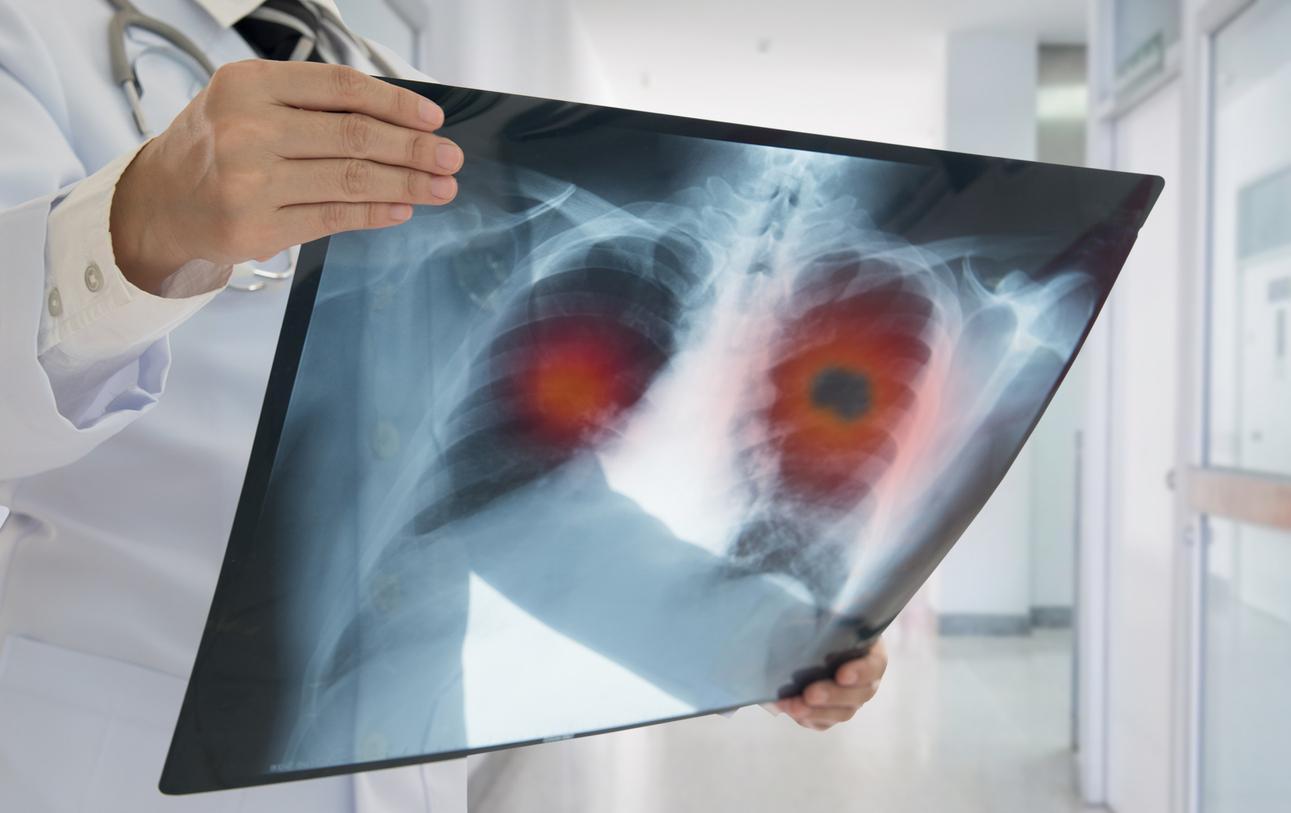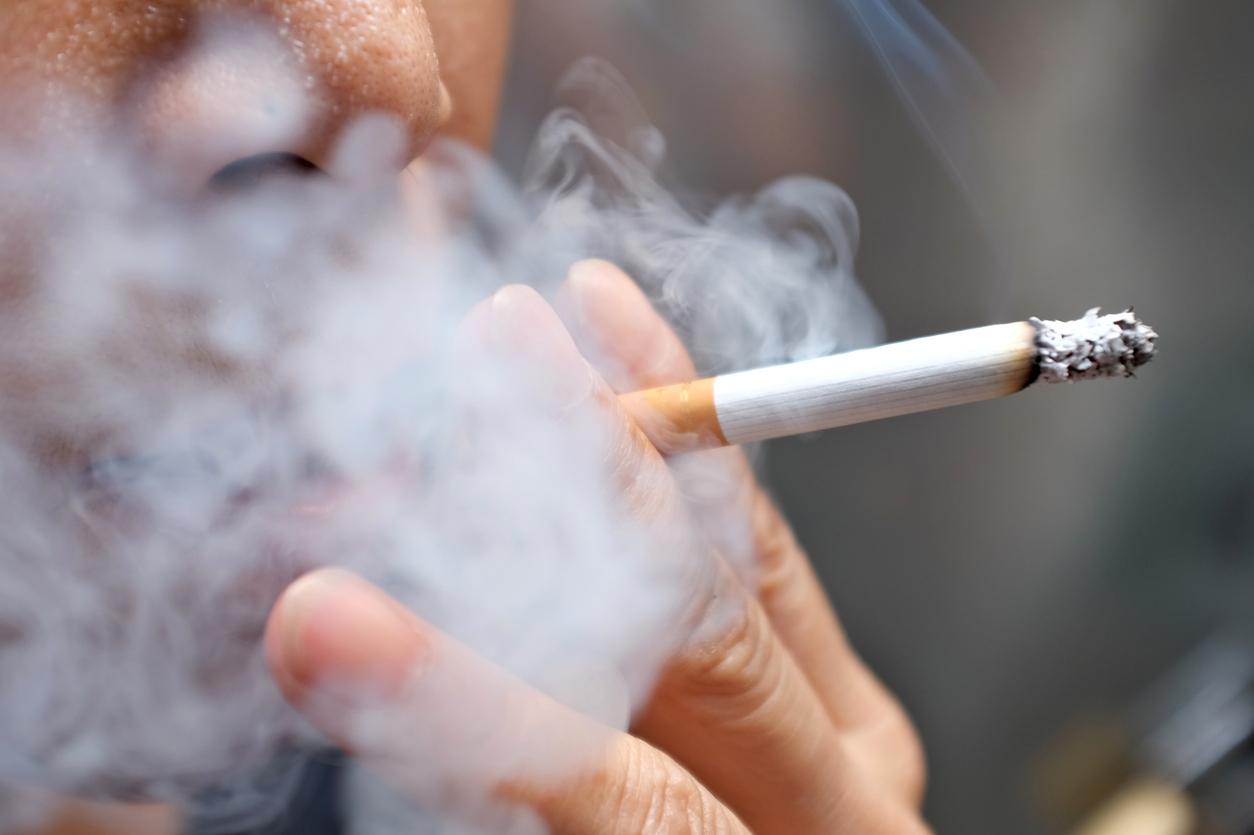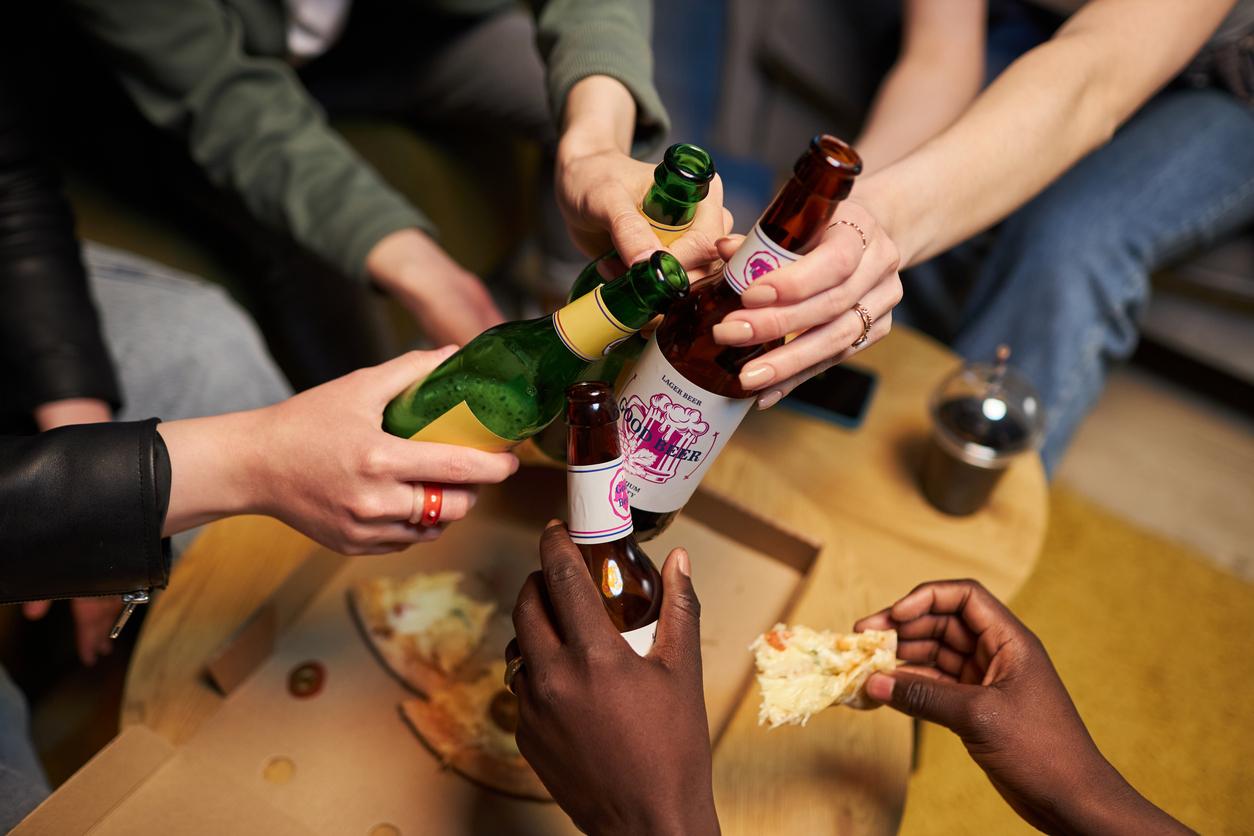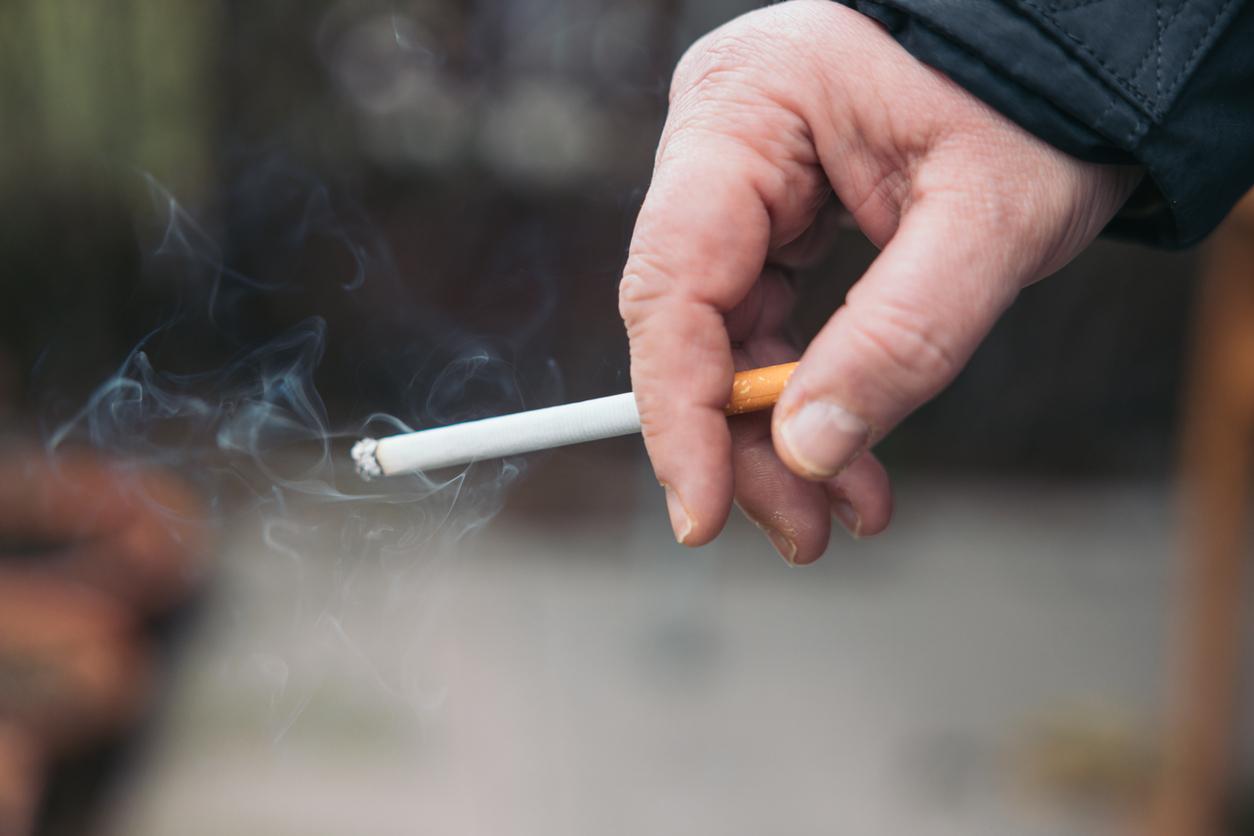At 17, only 6.6% of adolescents have never experimented with tobacco, alcohol or cannabis. However, the adolescent’s brain is more vulnerable to psychoactive substances than that of the adult because the cerebral maturation process is not finished (it continues until about 25 years), which makes the brain more “permeable. »The toxicity of products, whatever they are (tobacco, alcohol or drugs). This is the sad observation made by Inserm in its latest report on addictive behavior among adolescents (report produced at the request of the Interministerial Mission for the Fight against Drugs and Drug Addiction). The National Institute for Health and Medical Research (Inserm) stresses that the levels of consumption of certain psychoactive substances, in particular alcohol, tobacco and cannabis, “remain high among adolescents, despite changes in regulations aimed at limiting minors’ access to these products and repeated prevention campaigns. They turn out to be insensitive to warnings about long-term health risks because they only perceive them as a very remote risk that does not really concern them ”explain the researchers who stress that the precocity of the experiment and entry into consumption increases the risks of subsequent dependence and more generally of subsequent damage.
At 17, one in three teenagers smokes every day
Alcohol is the first psychoactive substance consumed in terms of level of experimentation with 58% of 11-year-old students who in 2010 admitted to having already drunk an alcoholic drink, a proportion which reached 91% of boys and girls at the end of the year. adolescence. The use of premixes, on the other hand, remains relatively less frequent than imagined. “The enthusiasm of young people, especially girls for this type of very sweet drink with a taste largely masking the degree of alcohol has been slowed down by the establishment in France of a very high tax specific to these products” explain the researchers.
On the other hand, it is tobacco which holds the first place in terms of daily consumption: at 17 years old, 30% of girls and 33% of boys are daily smokers. Regarding cannabis, in 2011, 42% of 17-year-olds had smoked cannabis at least once (39% of girls and 44% of boys).
Experts therefore recommend targeting this age group in particular for prevention policies. “We must make the public and the various stakeholders (young people, parents, workers in the school, extracurricular or medical sector, etc.) aware of the adolescent’s vulnerability and the dangers associated with early initiation. The aim would be to reinforce, without dramatizing, the messages describing the lasting impact on health, and in particular on the brain, of massive and rapid consumption of alcohol as well as of regular consumption of cannabis during the period. adolescence “.
















